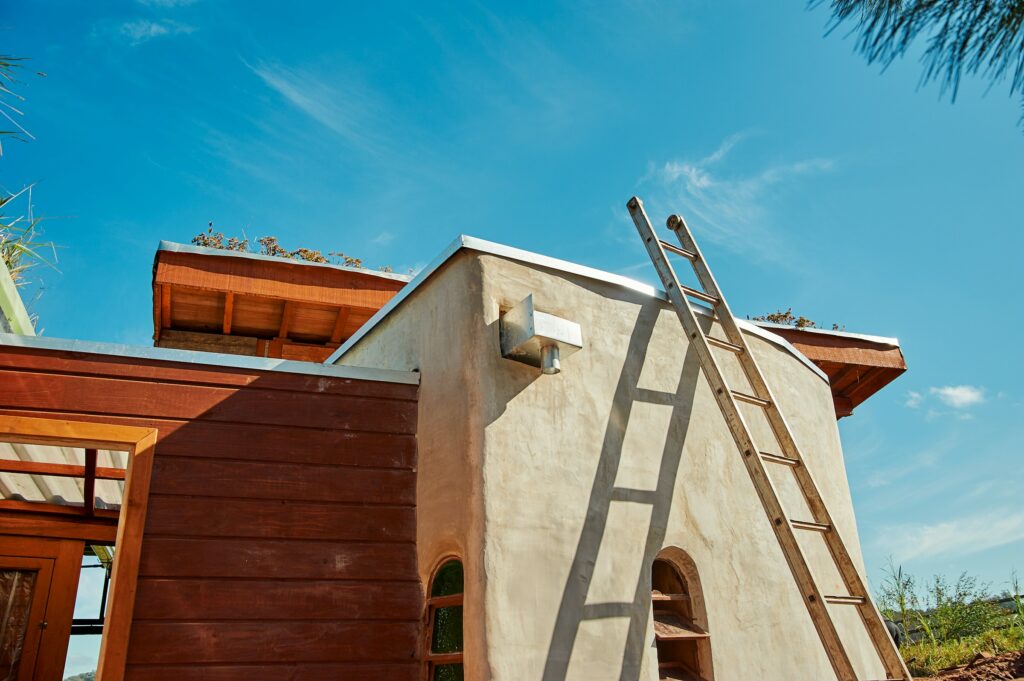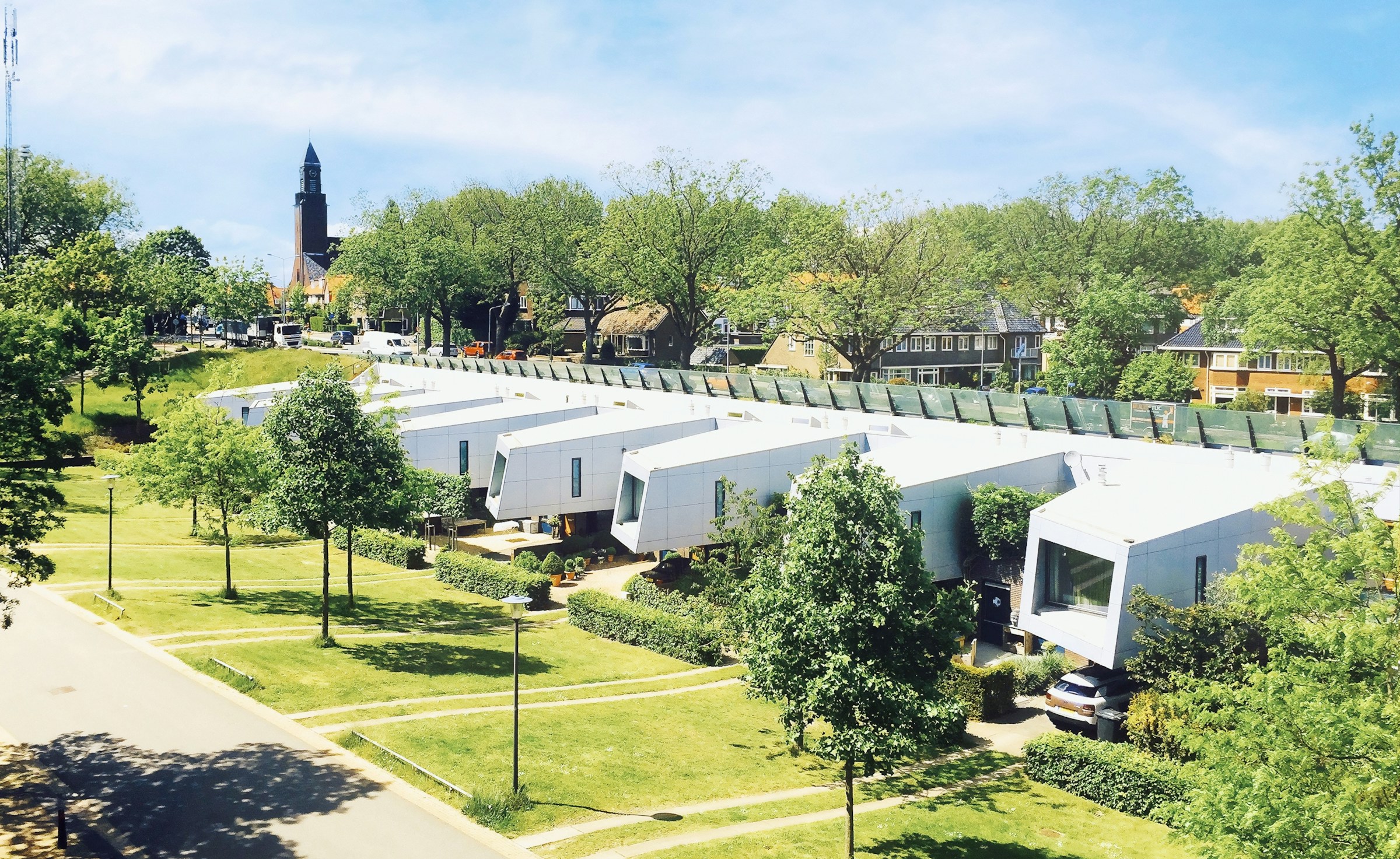In an era where the clarion call for sustainability rings louder daily, the architectural realm has responded quickly, particularly in residential construction. Among the myriad strategies employed to erect eco-friendly edifices, one stands out for its subtle yet profound impact: window tinting.
Yes, you read that right—the same process that has long been associated with sleek cars and privacy now plays a pivotal role in building green homes. But how you might wonder, does a thin film applied to glass contribute to the environmental movement? Let’s peel back the layers.

The Unsung Hero of Home Energy Efficiency
At its core, window tinting is more than aesthetics or preventing nosy neighbours from peering into your living room. It’s a frontline warrior in the battle against energy waste. By blocking a significant portion of the sun’s infrared rays, tinted windows reduce the need for air conditioning on sweltering summer days. Imagine a world where homes stay cool and comfortable without constantly running the AC—a dream scenario for both the planet and your wallet.
The Green Facade: Tinting as a Pillar of Eco-friendly Green Homes
In the quest for greener, more sustainable living, window tinting has emerged as a key player in the architectural design and renovation of eco-friendly homes. Beyond its aesthetic appeal, the environmental and financial benefits of window tinting are substantial, making it an invaluable component of green home design.
Environmental Sustainability through Reduced Energy Consumption
One of the most significant impacts of window tinting on green homes is its ability to reduce energy consumption. By installing window tint films, the heat transfer through windows is significantly decreased, minimising the need for summer air conditioning and heating in winter. This reduction in energy use lowers utility bills and decreases reliance on non-renewable energy sources, contributing to a smaller carbon footprint.
Enhancing Energy Efficiency
The role of window tinting in enhancing energy efficiency cannot be overstated. Specialised tint films are designed to block a considerable portion of the sun’s heat, effectively reducing the cooling load on HVAC systems. It contributes to maintaining a comfortable indoor temperature with less energy, thus promoting a greener and more sustainable living environment.
UV Protection and Interior Preservation
Another eco-friendly benefit of window tinting is its capacity to block harmful UV rays. These rays can damage skin and cause the fading and deterioration of interior furnishings, artwork, and flooring. By protecting these items from UV damage, window tinting helps reduce the need for frequent replacements, supporting sustainable living practices by minimising waste.
Safety, Security, and Aesthetic Appeal
Beyond its environmental benefits, window tinting offers enhanced privacy, security, and home safety. Tinted windows make it more difficult for outsiders to view inside, offering a layer of privacy and deterring potential break-ins. The tint film can hold shattered pieces together in the event of glass breakage, reducing injury risks. Additionally, window tinting gives homes a sleek, modern look, contributing to aesthetic appeal and potentially increasing property value.
Financial Benefits and Long-Term Cost Savings
The financial advantages of window tinting are closely tied to its environmental benefits. By reducing energy consumption, homeowners can enjoy lower utility bills, making window tinting a cost-effective investment. Moreover, its protection against interior fading extends the lifespan of furnishings and finishes, saving money on replacements over time.
Key Takeaway: Tinting, A Step Towards Sustainability
In essence, window tinting is a multifaceted solution that aligns perfectly with the principles of green building. It’s an investment that pays financial dividends and environmental and health benefits. As we navigate the challenges of climate change, such seemingly small choices can profoundly impact our collective future.
The Bottom Line:
In conclusion, while it might not be the first thing that comes to mind when thinking of green building practices, window tinting is undeniably a hero in the narrative of sustainable living. By embracing this simple yet effective technology, homeowners can participate in the global movement towards a more eco-friendly future. So, the next time you look out of your window, consider the potential lurking just beneath the surface—a potential to transform your home and contribute to a larger, greener world.
Frequently Asked Questions:
Does window tinting make a home too dark?
Not at all! Modern window tints are designed to reduce heat and UV exposure without significantly dimming the natural light that enters your home.
How long do window tints last?
With proper installation and care, high-quality window tints can last up to 15 years or more, making them a long-term investment in your home’s sustainability.
